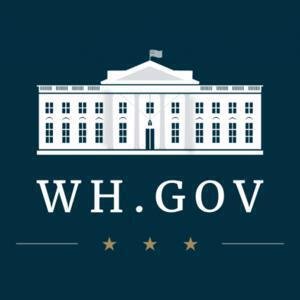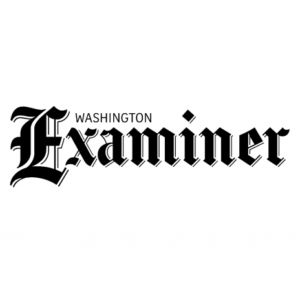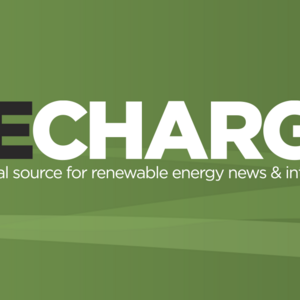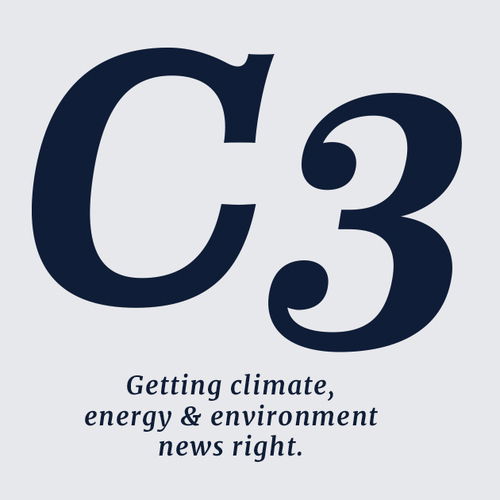President Donald Trump signed an executive order temporarily halting offshore wind leases in federal waters. The order will also pause the issuance of approvals, permits and loans for both onshore and offshore wind projects.
As a part of this move, the Interior secretary has been tasked with conducting a comprehensive review of leasing and permitting practices for wind energy projects on federal lands and waters. The review will evaluate the environmental impacts of wind energy on wildlife, the economic costs associated with its intermittent electricity generation, and the role of subsidies in supporting the industry.
How important is wind energy in the U.S.?
Wind power currently accounts for 10% of U.S. electricity generation, making it the nation’s largest renewable energy source. According to the U.S. Department of Energy, wind power generated 425 billion kilowatt-hours of electricity in 2023 and currently creates enough energy to serve more than 46 million homes, as reported by the American Clean Power Association.
However, to achieve that capacity, the federal government spent $18.7 billion in subsidies between 2016 and 2022 to support the wind energy sector, according to data from the Competitive Enterprise Institute.
Was this always the Trump administration’s plan?
Trump’s executive order expands upon a draft proposal written earlier this month by Republican Rep. Jeff Van Drew of New Jersey, which focused solely on offshore wind. The final order’s inclusion of onshore wind projects marks a broader effort to limit these types of renewable energy developments.
What happens next?
Legal challenges to the executive order are expected to follow this announcement, similar to the litigation introduced following former President Joe Biden’s suspension of new oil and gas lease sales early in his term.

























































